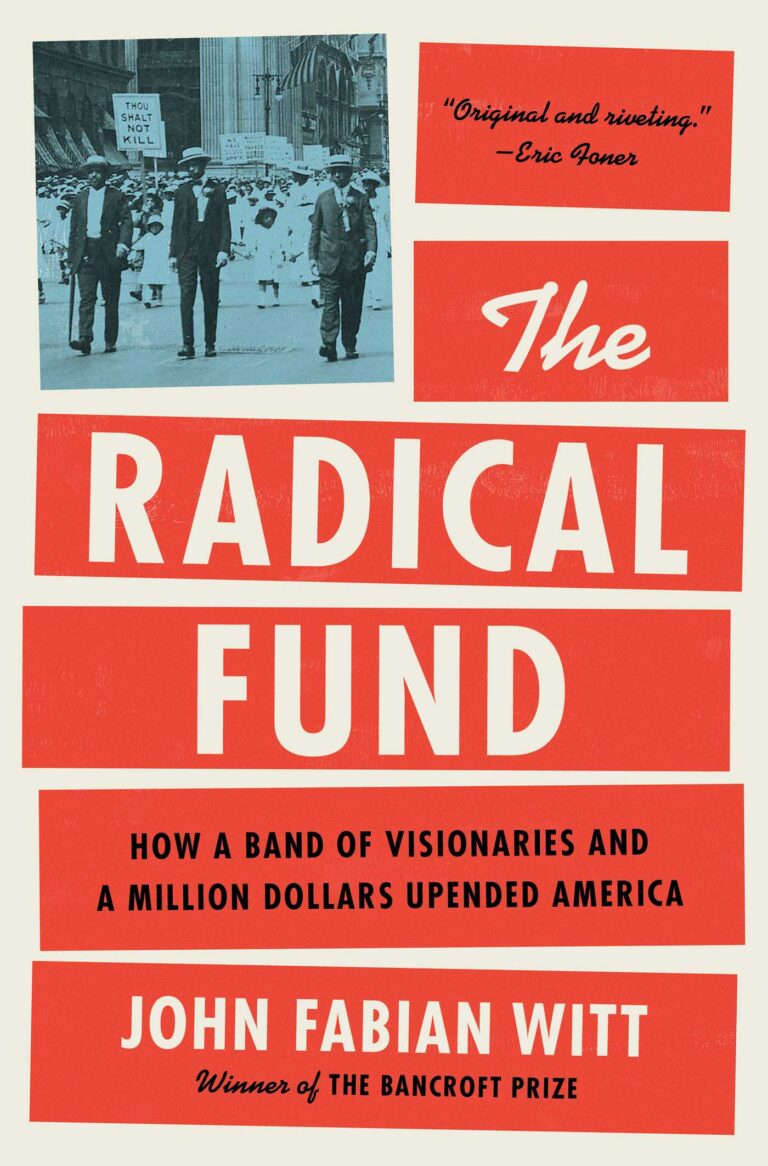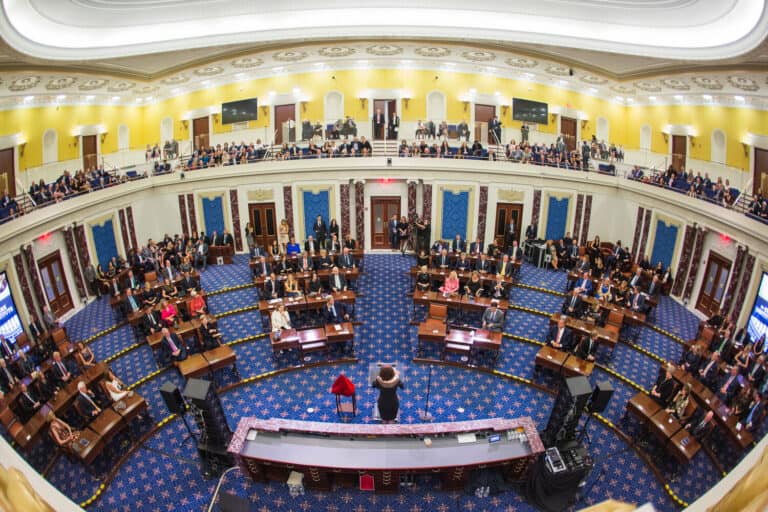Unions to the rescue in Flint, Michigan. A year ago Flint residents discovered that their drinking water supply had been contaminated by lead. Now, CNN reports that the Union Labor Life Insurance Company and American Federation of Teachers are investing $25 million in union pension funds to save the small city. The city’s “Fast-Start” program will use the $25 million to make low-cost loans available to the initiative, which plans to pull the lead-contaminated pipes throughout the city’s water grid. The union’s contribution will be instrumental to replacing the lead lines as it constitutes almost half of the funding earmarked for the $55 million “Fast Track” initiative.
In other union news, Elizabeth Crowley, a pro-labor New York City Councilwoman, has come under fire for introducing and supporting a bill that will expand prevailing wage requirements for construction projects over $1 million. According to Politico, Crowley’s critics claim that she is simply “doing the bidding of unions” that have “contribute[d] heavily” to her campaigns. Crowley, a former member of a painter’s union, has outright dismissed the reproach. “I . . . have never hid the fact that I am a card-carrying member of DC9,” a painter’s union. The criticism is just a “short-sighted suggestion of special interests involved in pushing an agenda that supports substandard wages.”
Great news for discrimination plaintiffs in Florida, Georgia, and Alabama. Lexology reports that the Eleventh Circuit has declared a new test for cases where the employer has both discriminatory and legitimate business reasons for taking adverse action against an employee. Now, per Quigg v. Thomas, et al., No. 14-14530 (Feb. 22, 2016), if an employee claims that the employer’s motives were mixed the analysis will deviate from the McDonnell Douglas burden-shifting framework. In the case of mixed motives, says the court, the employee “need only produce evidence sufficient to convince a jury that: (1) the defendant took an adverse employment action against the plaintiff; and (2) [a protected characteristic] was a motivating factor for the defendant’s employment action.” Put another way, employees in the Eleventh Circuit now do not have to demonstrate that the employer’s reason was pretext, or false, but only that that it was a reason for the adverse action.






Daily News & Commentary
Start your day with our roundup of the latest labor developments. See all
November 3
Fifth Circuit rejects Thryv remedies, Third Circuit considers applying Ames to NJ statute, and some circuits relax McDonnell Douglas framework.
November 2
In today’s news and commentary, states tackle “stay-or-pay” contracts, a new preliminary injunction bars additional shutdown layoffs, and two federal judges order the Trump administration to fund SNAP. Earlier this year, NLRB acting general counsel William Cowen rescinded a 2024 NLRB memo targeting “stay-or-pay” contracts. Former General Counsel Jennifer Abruzzo had declared that these kinds […]
October 31
DHS ends work permit renewal grace period; Starbucks strike authorization vote; captive-audience ban case appeal
October 30
Sweden’s Tesla strike enters its third year; Seattle rideshare drivers protest Waymo’s expansion in the city.
October 29
9th Circuit rejects challenge to NLRB's constitutional structure; preemption challenges to state labor peace statutes
October 28
Two federal unions oppose CBA cancellations, another federal union urges Democrats to end the government shut down, and Paramount plans for mass layoffs